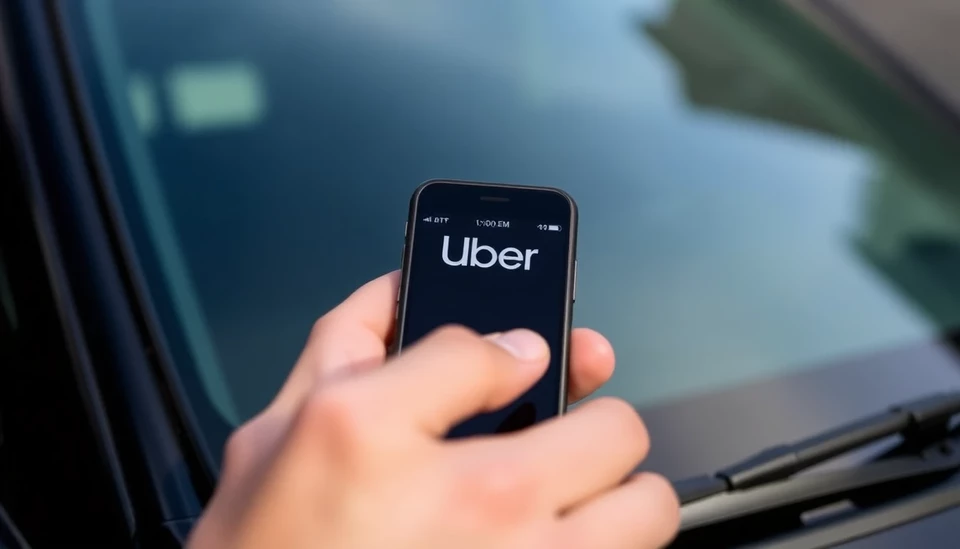
Uber Technologies Inc. is at a pivotal point as it attempts to meet its ambitious climate goals by 2030. The ride-hailing giant has committed to becoming a fully electric vehicle (EV) fleet in several markets and promises to significantly reduce its carbon footprint. However, to fulfill these objectives, the company acknowledges that it requires assistance from external sources, as it grapples with the complexities of scaling up electric vehicle adoption.
Recently, Uber's executives expressed the urgent need for partnerships and collaborations with other stakeholders in the electric vehicle industry. While the company has made strides in transitioning its operations to greener alternatives, the journey is fraught with hurdles, particularly in areas such as infrastructure development and the availability of EVs. The goal of converting a substantial percentage of its fleet to electric is ambitious, and Uber is aware that relying solely on internal resources may not yield the necessary speed or efficiency.
Uber has made a commitment to achieving a zero-emissions vehicle fleet in major cities globally, but the scale of this initiative calls for a collective effort. The company is looking towards automotive manufacturers, energy providers, and local governments to create a more conducive environment for electric vehicles. This involves building adequate charging infrastructure, incentivizing EV production, and developing synergies across various sectors.
To drive its electric vehicle strategy, Uber has also initiated programs and incentives aimed at encouraging drivers to switch to electric cars. This includes offering financial rewards for drivers who transition to EVs and facilitating access to ideal charging solutions. However, the implementation of these programs has been met with uneven success, further underscoring the necessity for collaborations with others in the industry.
Uber’s leadership remains optimistic despite the challenges. They believe that forming alliances with vehicle manufacturers will help in ensuring the availability of affordable electric options tailored to driver needs. The company is unwavering in its mission to tackle climate change but recognizes that external factors will play a critical role in determining the success of its initiatives.
As the 2030 deadline approaches, the pressure mounts on Uber not just to meet its climate commitments but also to establish itself as a leader in sustainable transportation. The company's proactive approach in seeking external help reflects an understanding that achieving these ambitious climate goals will require more than internal strategies; it necessitates a collaborative approach to foster innovation, ensure infrastructure is in place, and drive an industry-wide transition to electric vehicles.
In conclusion, Uber's journey towards a greener future showcases both the ambitious nature of its goals and the complex realities of the transportation landscape. The company's willingness to engage with various partners illustrates a growing recognition that collaboration is essential in the fight against climate change, and it is a crucial step toward reshaping urban mobility for a sustainable future.
#Uber #ClimateGoals #ElectricVehicles #Sustainability #Partnerships #GreenTransportation #EVInfrastructure #ZeroEmissions
Author: John Harris




